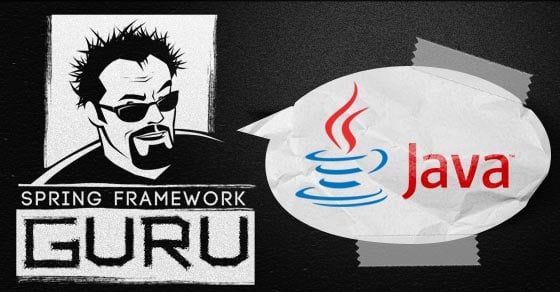Reading External Configuration Properties in Spring
Enterprise Applications developed using the Spring Framework use different types of configuration properties to configure the application at runtime. These configuration properties help in connecting to databases, messaging systems, perform logging, caching, and lots more. It is common to store configuration properties in external .properties and .yml files. There are various ways of reading external […]Continue reading







